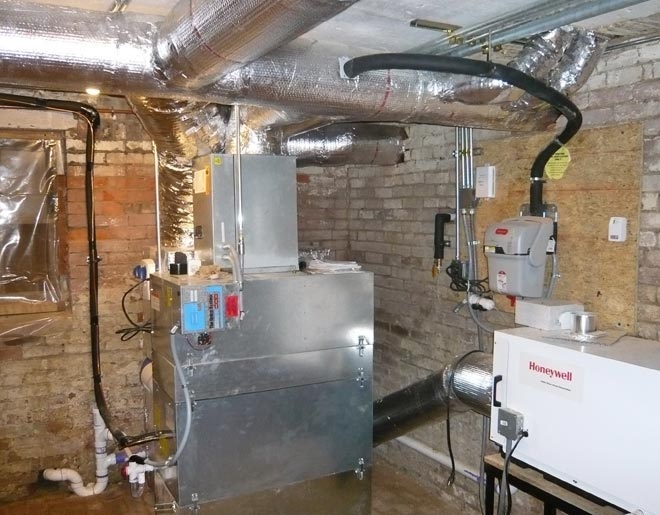Cooling 101 - How Central Air Conditioning Units WorkPosted by Crista on April 2nd, 2021
Can you picture life without a/c? Sweltering heat waves that can melt the rubber on your shoes, prepare an egg on the dashboard of your vehicle, and make it almost difficult to have an excellent night's rest-- sounds unpleasant! Let's face it, life without A/C wouldn't be the same. Did you know, that prior to the 20th century, ice was in fact collected for refrigeration? It was cut into 1-ton blocks, provided throughout the country and utilized in 'ice-boxes' to keep food fresh. The good news is today, refrigeration has actually been drastically enhanced considering that its intro in 1834. By knowing how your house's A/C system works, you'll be able to make it run much better and longer, and if it must break during the pet dog days of summer, more positive finding a replacement. What is Central Air Conditioning? Considering that the 1960s, main air conditioning systems have actually been the most typical design of cooling in America. Finest identified by the condenser system outside and ducts bring cool air throughout the home, a central air is often referred to as a "split-system" due to the fact that the indoor and outdoor components are separated. How It Works Comparable to how a sponge takes in water, central air conditioning conditioners take in the heat from inside the home and eject it outside through a process called "the refrigeration cycle." It's easy to understand how an a/c works as soon as you see how the parts run together. Parts of an A/c System Split into two parts; a system will consist of an outdoor condenser unit (listed below) and a coil housed on top of the furnace or inside air handler. The outdoor condenser, which does the majority of the work, runs in tandem with the air handler/furnace that distributes the conditioned air into rooms of your house. The Refrigeration Cycle The cooling procedure begins when the thermostat identifies the interior temperature level has actually increased above the setpoint. It signifies the control panel in the air handler and enters into action. 1) The internal blower attracts the hot, damp indoor air from the return ducts into the air handler/furnace cabinet to be conditioned. 2) Dirty air getting in the cabinet initially travels through an air filter that traps dirt and particles. 3) The tidy air then passes through the evaporator coil. Using metal fins to increase its surface location, the evaporator coil extracts heat and wetness from the warm air as the air passes through it. The clean, cool air is distributed throughout the home. 4) A pair of copper tubes containing refrigerant, called a Line Set, link the indoor coil with the air conditioning edmonton outside condenser. 5) The condenser dissipates the heat trapped inside the line originating from the evaporator coil by cycling it through its coils where a fan at the leading pushes air to speed up the process. The refrigerant is then compressed and travels back to the indoor evaporator coil, where the cooling process continues. A/C Cheat Sheet It's a great idea to acquaint yourself with the technical language utilized by HEATING AND COOLING professionals to understand your system when it comes to making repairs or buying a brand-new unit. HEATING AND COOLING - Stands for heating, ventilation, and a/c. This acronym is used to classify all equipment used to control air temperature level, humidity, and air quality. Split-System - In referral to parts of the system running both inside and outdoors. In a split system, the condensing system is discovered outside. BTU - British Thermal Units - a measurement of how much heat energy can be removed from the air in an hour. Lot - A measurement that refers to the cooling capacity your unit can supply under normal conditions. 1 Load is equivalent to approximately 12,000 BTU's. Lots are typically utilized when sizing a system for your home, which can be identified based on the square footage required to be cooled or warmed. Unequaled Expertise Easily, the heating system, air conditioning, and electrical systems all work instantly, without us requiring to fumble around in the basement or even worse, a hot attic. Till something goes wrong. Understanding your air conditioning system might seem frustrating initially, but once you have the essentials down, you'll be able to comprehend not just how your system works, but also analyze jargon to make buying a replacement simple. Like it? Share it! |



